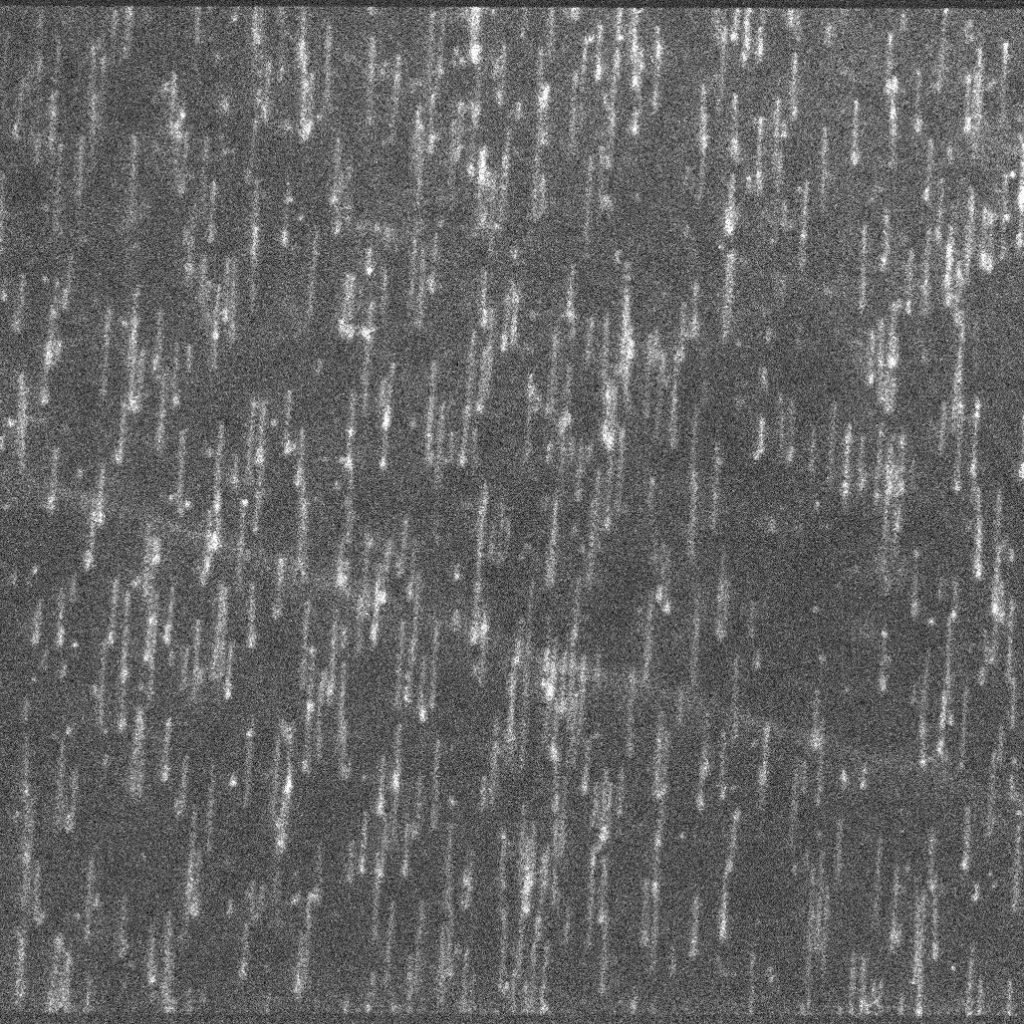Prof. Karl Duderstadt
Duderstadt Group
Max-Planck Institute of Biochemistry, Germany
Background
The Duderstadt Group are interested in understanding the organization and dynamics of macromolecular complexes, such as the replisome which is responsible for DNA replication.
Successful DNA replication is critical for cell survival, and errors within this process have been implicated in many disease pathologies. The Duderstadt Group studies this process by introducing fluorescently labeled enzymes, such as DNA polymerase and RNA polymerase, into bacterial model systems. This allows them to visualize and track the polymerase enzymes within the replisome as they move along a DNA substrate during replication. They can then use kymograph analyses to quantify the movement along the DNA strands to better understand these processes.
The group primarily use a home built single molecule micromirror TIRF imaging system in their investigations. The micromirrors remove the need for a dichroic mirror and permit switching colors quickly, also removing the need for a filter wheel, making it an ideal system for live imaging.

One end of the DNA substrate attaches to the glass coverslip by a streptavidin-biotin interaction so when flow is applied the DNA molecule stretches and the other end attaches to the surface via the same interaction. These linear DNA stretches are used as the basis for the replication assay. One end mimics a preprimed replication fork where the replication machinery can assemble.
To observe replication in real time, the polymerases are labeled with single dyes while the DNA itself is labeled with a different color. The image shows only the DNA channel. The position of the polymerases can be correlated with the DNA and the replication rate can be estimated. Because of the single dyes on the polymerases, a highly sensitive camera is needed to image them over the course of the experiment without bleaching.
Challenge
Professor Duderstadt told us, “Our biggest challenge is how many photons to collect and the corresponding lifetime of the fluorophore we are looking at. This limits our ability to track sometimes.” For this reason, the group needs the highest camera sensitivity to ensure the dyes do not bleach and to permit the collection of as much light as possible to allow tracking.
Faster frame rates and lower costs were also strong factors in the decision to purchase a new camera. Professor Duderstadt told us, “Ideally, we want to put the least amount of excitation light in to allow just enough signal to track the polymerase over time. That’s why, in the past, we used an EMCCD camera, but it appeared to us that the Prime BSI could match the EMCCD for sensitivity.”
The chip size is large, giving us a large field of view, which is really fantastic, and the pixel size is small at 6.5 microns, which permits Nyquist matching on our 60x lens, maximizing resolution in our experiments.
Solution
The Duderstadt group are now using the Teledyne Photometrics Prime BSI on their custom single molecule micro-mirror TIRF system. Professor Duderstadt told us, “We compared specifications from various manufacturers, but the Teledyne Photometrics Prime BSI offered the QE, chip specifications and multi-ROI features that we required”.
He also told us, “The chip size is large, giving us a big field of view, which is really fantastic, and the pixel size is small at 6.5 microns, which permits Nyquist matching on our 60X lens, maximizing resolution in our experiments. The multi-ROI feature will also permit higher frame rates, and we have some experiments in mind that will make use of this.”
He went on to say that, “Although most of our applications so far haven’t been at exceedingly high frame rates, in the future we do want to look at the rotation of DNA molecules using gold nanoparticles, and these might have faster kinetics, this was a further motivation for choosing the Prime BSI.”

